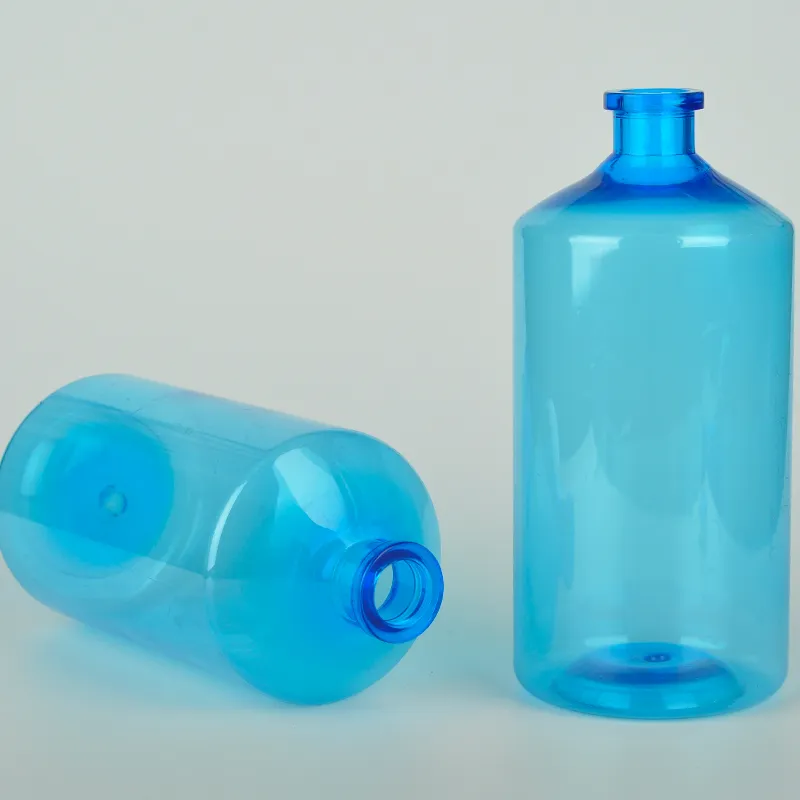dropper bottle uses in laboratory
The Use of Dropper Bottles in Laboratory Settings
In laboratory environments, precision and accuracy are paramount, and various tools and equipment are employed to achieve these goals. Among these tools, dropper bottles stand out as essential instruments for dispensing liquids. These versatile containers are used in various applications, from handling reagents to transferring delicate solutions and maintaining sterility. This article delves into the various uses of dropper bottles in laboratory settings, highlighting their significance, functionality, and the benefits they provide to researchers and scientists.
Understanding Dropper Bottles
Dropper bottles are typically small containers equipped with a dropper top, allowing precise control over the dispensing of liquids. The dropper top usually consists of a rubber bulb connected to a glass or plastic tube, facilitating the suction and release of liquid. The design enables the user to dispense the desired amount of liquid one drop at a time, providing enhanced control over the volume being transferred. This precision is crucial in many laboratory applications where even slight variations in liquid quantities can lead to significant changes in experimental outcomes.
Applications in Chemical Laboratories
One of the primary applications of dropper bottles is in chemical laboratories, where they are used to dispense reagents and solvents. In titration processes, for instance, a dropper bottle allows chemists to add a specific volume of titrant to a solution gradually. This controlled addition is vital to achieving accurate end points in titrations, which are essential for determining concentrations of unknown solutions. Furthermore, dropper bottles are often used to store and dispense volatile or highly reactive compounds, as they can minimize the risk of exposure and evaporation.
In addition to titrations, dropper bottles enable precise measurements in a range of chemical reactions. For example, when mixing solutions, researchers can utilize dropper bottles to add reagents incrementally, ensuring that exothermic or endothermic reactions are controlled effectively. This capability helps prevent uncontrolled reactions that could lead to hazardous situations or compromised experimental results.
Biological and Microbiological Applications
dropper bottle uses in laboratory

In biological and microbiological laboratories, dropper bottles play a crucial role in maintaining sterile conditions and transferring sensitive liquids. For instance, they are frequently used to dispense culture media, antibiotics, and other additives required for growing bacterial or eukaryotic cultures. The ability to dispense small, accurate volumes is essential in these applications, as it helps maintain the correct concentration of nutrients and components necessary for the cultures' growth.
Additionally, dropper bottles are invaluable when working with reagents that must be handled with care, such as enzymes and buffers. The precision of dropper bottles not only protects the integrity of these delicate solutions but also ensures that laboratory procedures adhere to stringent protocols critical for reliable results.
Environmental and Safety Considerations
Another important aspect of using dropper bottles in the laboratory is their contribution to safety and environmental sustainability. The precise dispensing capability of dropper bottles helps minimize waste, as researchers can avoid over-dispensing materials. This is particularly significant when working with costly reagents or hazardous substances, where careful handling is essential to prevent spills and exposure.
Moreover, many dropper bottles are designed to be reusable and sterilizable, promoting a more sustainable laboratory practice. By using durable materials that can withstand repeated cleaning processes, laboratories can reduce the amount of single-use plastic and other disposable containers, thereby lessening their environmental impact.
Conclusion
In summary, dropper bottles are invaluable tools in laboratory settings, serving a wide range of applications across various fields, including chemistry and biology. Their precision in dispensing liquids enhances the accuracy of experiments and ensures that protocols are adhered to, leading to reliable results. Additionally, their role in promoting safety and environmental sustainability cannot be overlooked. As laboratories continue to evolve and demand greater efficiency, the significance of dropper bottles in facilitating intricate scientific procedures will undoubtedly remain. Whether one is a seasoned researcher or a novice in the lab, mastering the use of dropper bottles is essential for conducting successful and responsible experiments.
-
Aesthetic Makeup Spray Bottles | Fine Mist Empty RefillableNewsAug.19,2025
-
White Plastic Veterinary Vaccine Vials | Lab Liquid BottlesNewsAug.18,2025
-
Plastic Medicine Liquid Bottle: Secure Flip Top Drug VialsNewsAug.17,2025
-
Durable 250ml Blue Plastic Vaccine Vial for Lab & Vet UseNewsAug.16,2025
-
Sterile Virus Sample Tubes: Secure & Reliable Specimen CollectionNewsAug.15,2025
-
White 250ml Plastic Vaccine Vial for Lab & Vet MedicineNewsAug.14,2025
























